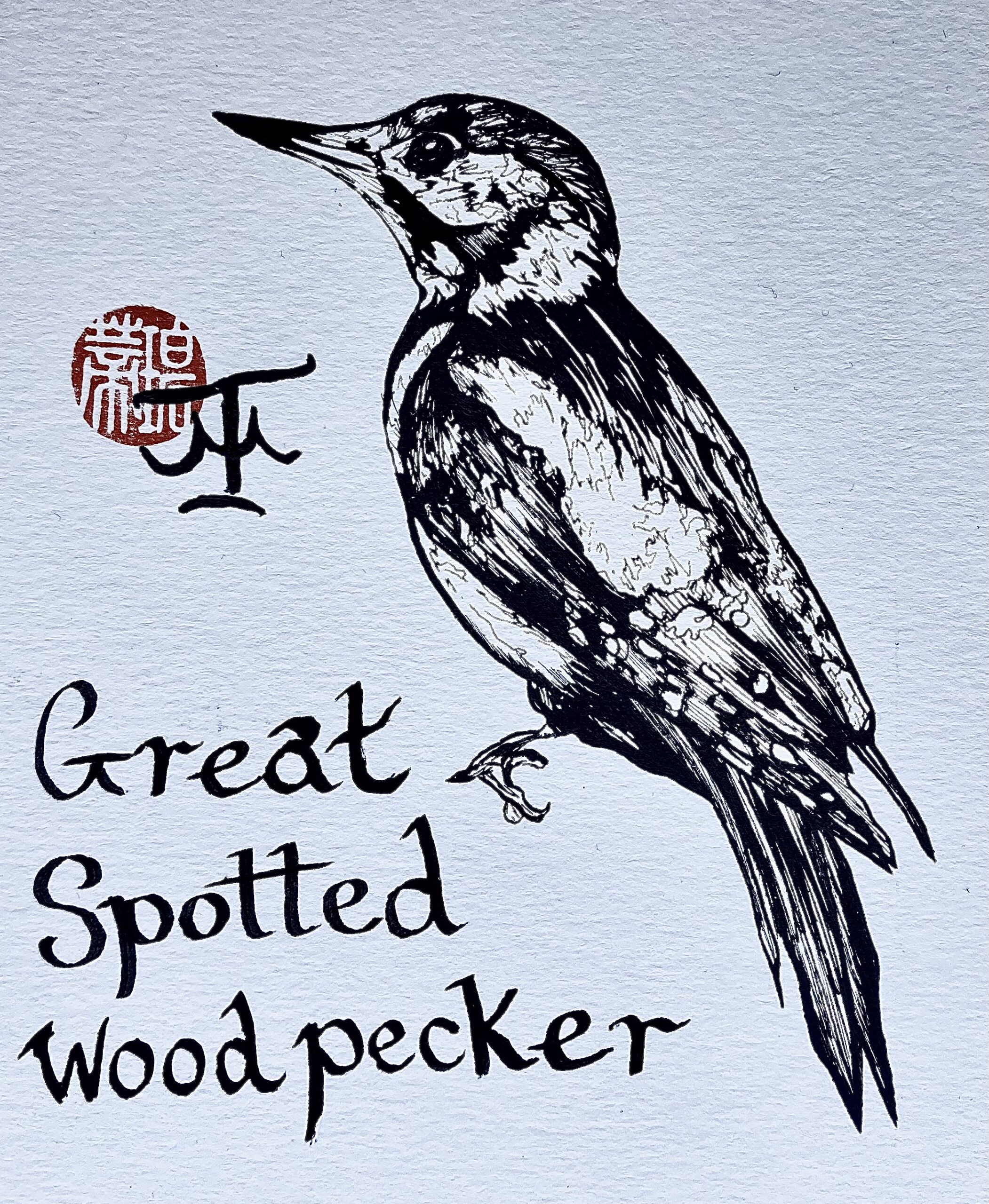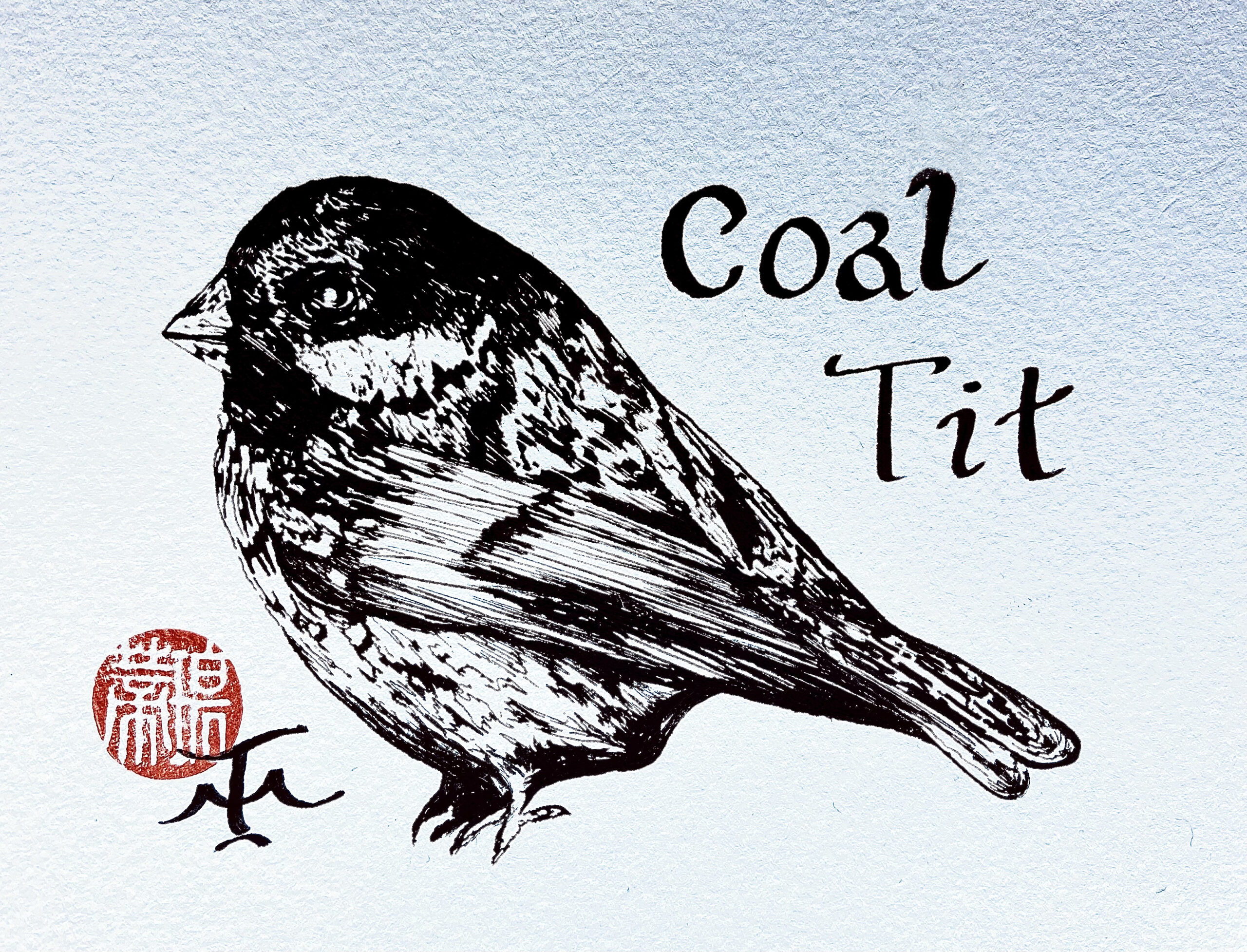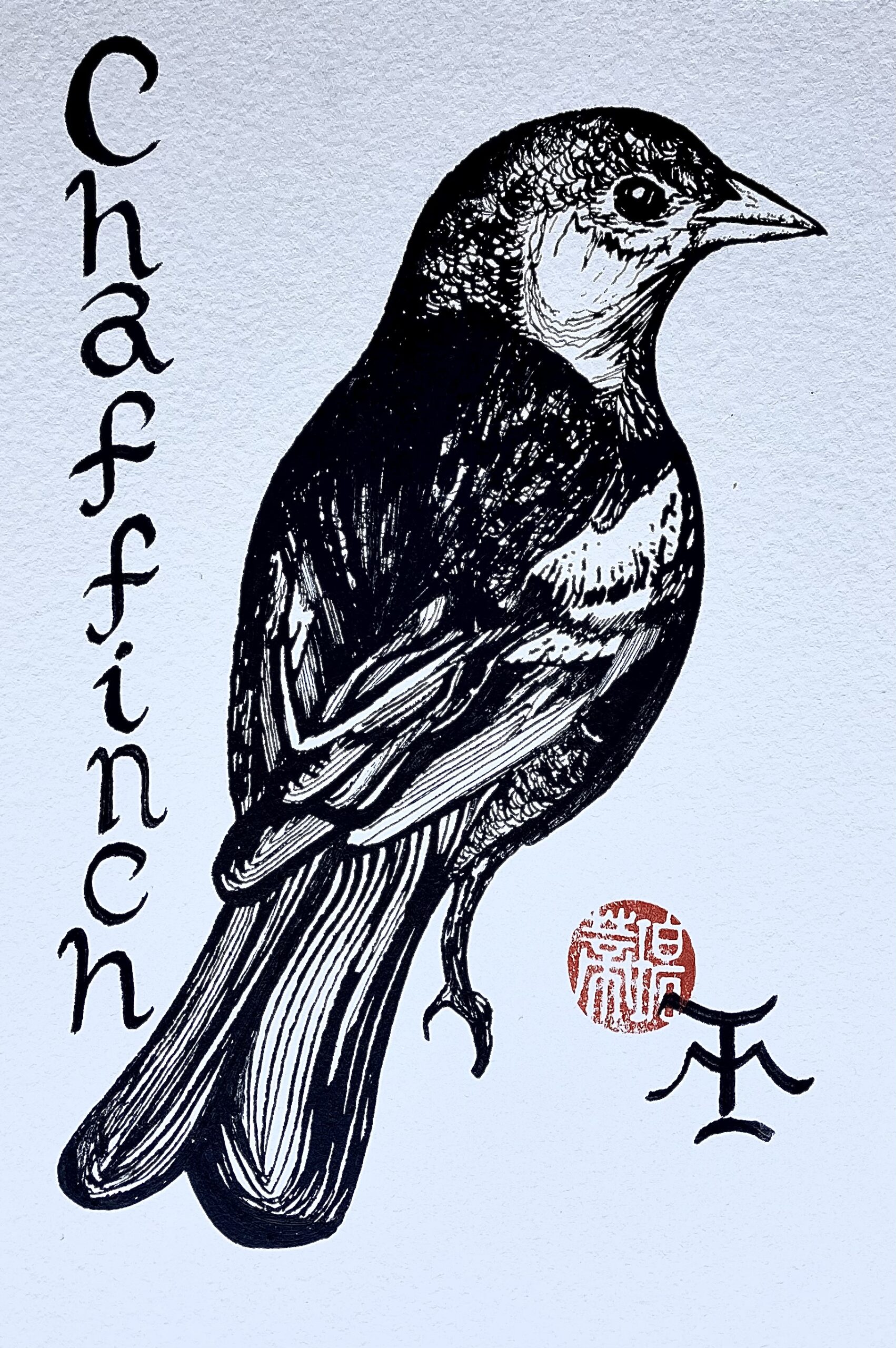
Key information
About blackbird-sized and striking black-and-white. It has a very distinctive bouncing flight and spends most of its time clinging to tree trunks and branches, often trying to hide on the side away from the observer. Its presence is often announced by its loud call or by its distinctive spring ‘drumming’ display. The male has a distinctive red patch on the back of the head and young birds have a red crown.
What they eat:
Insects, seeds and nuts.
Measurements:
- Length:
- 22-23cm
- Wingspan:
- 34-39cm
- Weight:
- 85g






